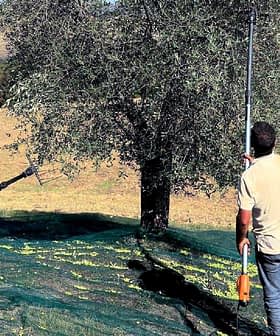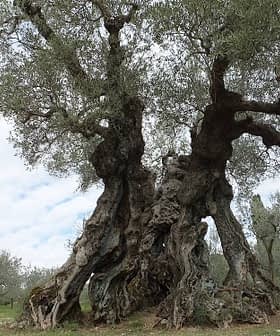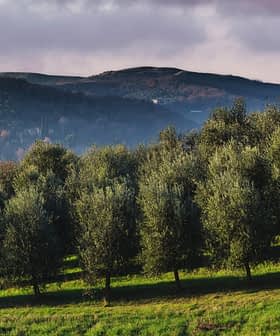Authorities in the northeastern Italian region of Veneto are searching for the most efficient way to combat an unknown pathogen attacking many of the area’s olive trees.
The Venetian regional government has already pledged €20,000 ($23,700) to identify and contain the novel pathogen, which was first noticed in the area three years ago.
See Also:Asian Bug May Be Cause of Green Drop in Olive Trees, Researchers Find“It is not Xylella fastidiosa,” the authorities said in a press release. “It is an emerging disease that threatens Venetian olive groves. Since 2017, we have observed phenomena including the wilting of tree branches, necrosis and fruit drops.”
Already, agro-forestry researchers at the University of Padua have been able to identify some of the pathogens involved in the outbreaks.
Certain fungi, from the Botryosphaeriaceae family, are now considered responsible for damaging the plants’ health and their productive capacity.
However, the researchers in charge of the project told Olive Oil Times that it might still be too soon to point to a specific cause. They added that in the next couple of months it should be possible to have a more clear picture of what is going on.
With the help of local olive farmers, producer associations and the Veneto PDO olive oil consortia, authorities hope to monitor what happens to the trees and better understand the vectors, or pests, that spread the disease. Figuring this out will be an essential step to inform future containment and prevention strategies.
Moving forward, the researchers plan on carrying out experiments in the field in which they will test certain fungicides specifically designed for use against Botryosphaeria dothidea, Neofusicoccum parvum and Phytophthora.
They will also closely observe the other plant and insect species found in the olive groves in order to understand their role as reservoirs for the pathogens.
Of particular interest is the invasive Asian bug species, which agronomists have already shown to be a potential candidate for causing green drop in the region’s olive trees.
Local authorities said that more than 12,400 acres (5,000 hectares) of olive groves will be observed, including the areas around Lake Garda, the Colli Euganei, Berici and Monte Grappa.









